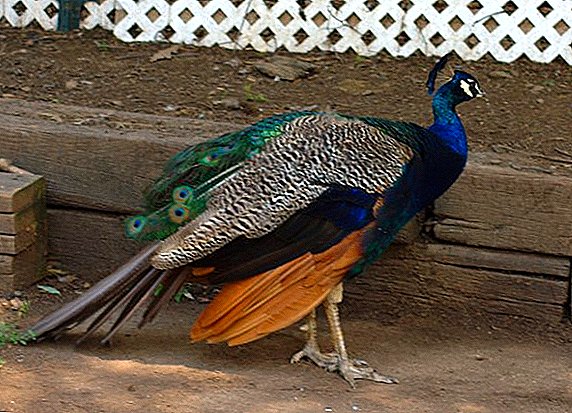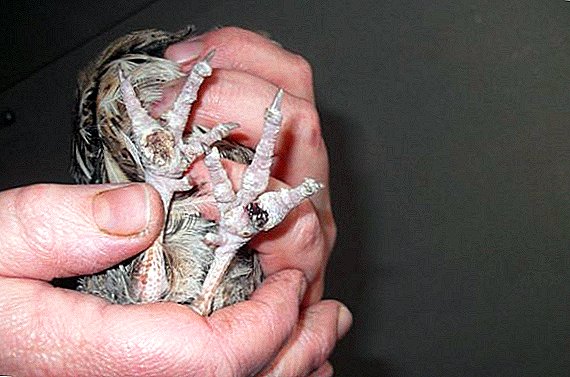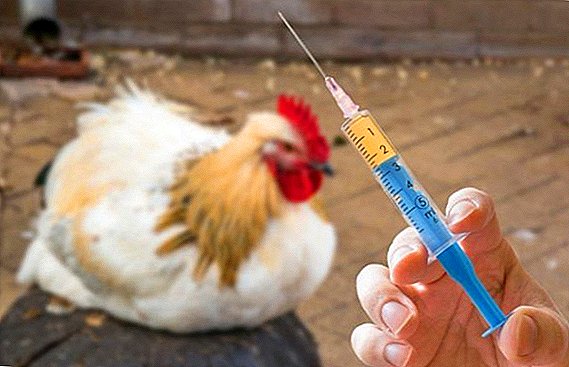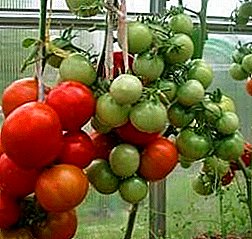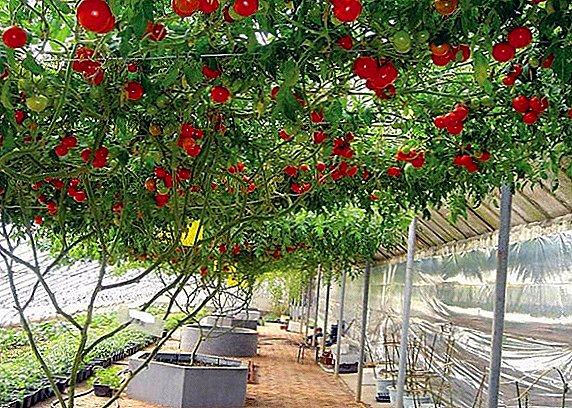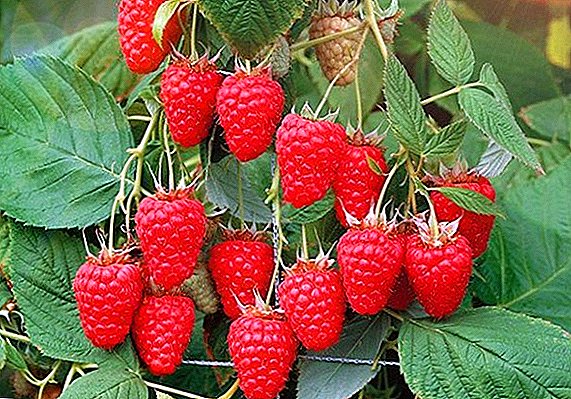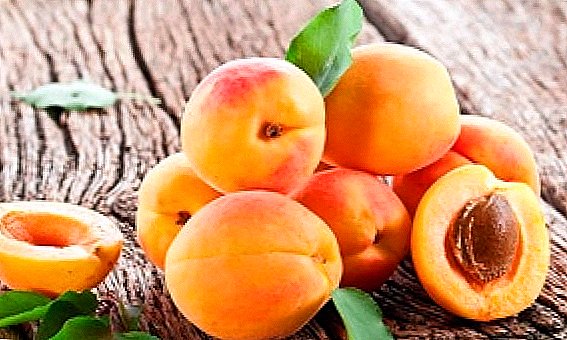
It is impossible to find people who did not eat and did not like the fruit of the apricot. This is a very tasty fruit that brings only joy and health benefits.
To get an apricot fruit tree in your garden means to provide yourself with very tasty fruits in the summer, unique jam, compotes and jam for the winter for a long time.
We will teach you how to plant and care for an apricot tree so that every year it will delight everyone with tasty, healthy fruits.
Preparing for landing
The basis for the growth and development of each tree is its correct and timely tab. It depends on the planting how the tree will develop and grow.
Let's look at the preparatory procedures and the stages preceding the planting of an apricot fruit tree, in the sequence that is necessary for the proper planting of a young seedling of an apricot tree. Apricot can be grown from the stone, and the method of grafting to wild apricots with strong immunity.
Preparing the soil for planting
The procedure of preparing the soil for planting an apricot tree, is a rather unusual action compared to the same procedure of other fruit trees.
The soil on which apricot planting is planned should be well drained, since the root of the tree needs an uninterrupted supply of oxygen. This will ensure unhindered access to the rhizome of the required amount of oxygen and useful elements contained in it in sufficient quantity.

In addition, you should carefully observe the moisture in the soil, since, excessive moisture in the soil we don't need it leads to decay of rhizome.
If, with soil aeration, everything is decided when choosing a site for a planting pit, then with drainage everything is determined in a slightly different way. Namely, at the bottom of the landing pit under the apricot you need to pour a layer of medium-sized fraction of rubble, gravel or expanded clay.
It would not be superfluous to think about the min. fertilizers, while pouring on the drainage a moderate amount of wood ash, charcoal, ammonium nitrate or other mineral fertilizers.
But, it is important to trace that this whole “cake” must be covered with a layer of earth - part of the excavated soil. This is done to avoid contact, direct contact of the roots of the seedling with any of the layers of such top dressing.
Well, and of course during the selection of the site for planting, you must give your preference to the place that is naturally hidden from the north wind - the apricot is not friendly with him, although he is not afraid.
Choosing and preparing for planting seedling
Undoubtedly, everyone already knows that when choosing a sapling it is necessary to pay attention to the tree itself, which must be healthy and strong, and the root system, which must also be undamaged and suitable for planting.
In order to avoid fraud or the acquisition of the wrong tree, it is worth buying seedlings in special stores or on verified points, bypassing random sellers.
For landing seedlings choosepreferably annual saplings fruit tree apricot. After that, they inspect its root system, and those roots that have visible damages or breaks in the surface part are sharply cut with a sharp garden knife.
It is not desirable to update the existing sections of the roots, since it will strongly oppress the tree and slow down its initial desire to grow in a new place.
It is necessary to ensure that the roots during transportation and saving before planting do not dry out, and if this happens, place the seedling with roots in water for several days, in order for it to gain vitality and recover for growth.
In order to avoid drying out rhizomes, it will also be useful dip apricot roots in black and wobbler talkerThis will prevent them from drying out and improve initial contact with the new soil.
Little about the landing pit

The correct size of the planting pit for an apricot seedling will take care of the correct and good development of the seedling in the future.
With the size of the pit, there is no need for small things, since a tree will be planted in it, which requires freedom and space for its growth under the soil originally laid in the pit with fertilizers, which it will mainly feed on for several future years of its long life.
Approximate apricot pit sizelike the rest of the stone fruit trees, should be 50x80 cm., and if the area allows, it is better - 80x80 cm for one seedling of medium size.
Desirable to make a hole for planting seedlings in the spring, so that the soil in it and around it plucked the right amount of air and moisture. And if you plant an apricot in the fall, expect to dig a hole 20 days before the first probable autumn frosts.
When digging a hole, be sure to throw the top chernozem layer of soil from it on one side, and the bottom on the opposite. Subsequently, the roots of the tree placed in the pit are covered with a surface layer of soil.
Roots need just the top, more nutrient layer of soil to start its rapid development. Deep layer of soil is used when planning the top layer at the end of the backfill of the pit.
Planting apricot seedlings
Now let's look at the main aspects of the process of planting young apricot seedlings. After all, the correct planning of planting greatly facilitates the establishment of a tree and accelerate its growth.
About landing pattern

It is useful to remember that an adult apricot tree, in comparison with other fruit trees, has rather large dimensions - about 15 meters up and about 5 meters in the crown radius of the tree. Therefore, do not plant it close to other trees or structures.
The approximate distance from the neighboring trees, in the case of apricot, should be about 5 meters. So the main apricot planting scheme there is 3x5, 5x5, 5x6, 6x6 m, preferably in a checkerboard pattern, which will protect them from fluctuations and sudden loads caused by gusts of wind. Everything else is dictated by your erudition and the natural possibilities of the site.
After planting, during which the first watering of the tree takes place, it is necessary to mulch the soil with straw, sawdust or grass on the top of the planted forest zone. This process will save the moisture absorbed by the plant and the ground so that it does not dry out quickly, for which the tree will thank for its rapid growth.
What are the landing dates
From the timing of planting depends on how the young tree will take root. Therefore, you need to know the features and subtleties of this important condition.
The best time of year for planting an apricot seedling or seed in the ground is the end of April. Planting takes place before the bud wakes up on the seedling, which implies the absence of the beginning of the active phase of the vegetation period of the plant, on which it spends most of its strength, and in order not to complicate the young seedlings of the apricot tree without the already difficult stressful conditions of transplanting avoid manipulations with a transplant during the growing season.
Of course, everything depends on the natural local climatic conditions of the planting site, but they always focus on the beginning of the growing season of the seedling of each particular apricot variety, based on information about it.
It is also interesting to read about the best varieties of peaches.
About planting seedling depth

An important factor in the landing, which is paid attention to, is the depth of the pit for disembarking a young saddle. It is a well-dug fossa that allows the root system to develop properly and be a good basis for the entire tree.
The main condition that regulates the depth of planting a seedling in a hole is the convenient location of an apricot seedling in it. That is, the tree must be positioned so that the root of the root is about two centimeters or three above the ground level, on a kind of knoll. It is worth take into account the subsequent shrinkage of the powder from moisture.
Or, so that the height of the grafting was 3 cm above the general level of the soil. In this case, you need to straighten the roots of the seedling and align them.
Planting a seedling at a certain elevation will improve the habitat conditions of its root system. This is due to the natural subsidence of the soil after planting, as with a more significant penetration of the root collar into the ground, the growth of the plant will be depressed, and this is undesirable.
Also, occasionally you can observe a horizontal method of planting an apricot tree, in which the tree bends down to the ground, to which its branches are attached, observing an inclination angle of about 45 degrees, this makes it possible to get some additional heat from the ground in winter.
Care after planting seedlings
Planting for any tree is stressful. Therefore, the cultivated plant after this procedure requires special care and care. Consider what is meant by leaving after planting apricot.
Pest and disease protection

To get abundant yields of high-quality apricot fruit, be sure to protect the apricot plant from pests and diseases. For what the best way is to prevent diseases and lesions of the tree by pests. Namely, it is necessary to timely identify and remove all diseased shoots and branches, and wintering varieties of pests as well, with their subsequent burning.
It is necessary to collect diseased leaves and fruits, as well as falling and rotting fruits, then bury them in a remote garden site not less than 0.5 m deep, and periodically carry out a complete disinfection of the tree with chemical preparations and a solution of quenched lime.
It is necessary not to be lazy to clean the wounds of trees and remove dead and frozen bark, while disinfecting the affected areas of the tree.
In addition, you need to get rid of weed vegetation and timely loosen the ground in the near-tree zone of the tree.
Tree formation

Like the rest of the fruit trees, apricot requires the formation of a crown and the removal of unnecessary, parasitic shoots by trimming the crown and garter the young seedling to a solid foundation so that it grows slim and even.
In the spring, they must be pruned before the beginning of the growing season. Pots are trimmed with a sharp garden knife. at a height of about 70 - 80 cm from the soil level.
After the formation of seedlings, their skeletal branches must be shortened, about a third of their length, while the length of the central conductor must be left at 30 cm above the nearest skeletal branches. Growth of several branches growing from one point is also not allowed.
In the spring it is worth halving the fruit-bearing branches, which will cause the flowers to appear on the rest of the tree. On the fifth day after planting, when the soil settles, you need produce a not tight garter planted tree to a wooden peg.
The peg is pre-dropped near the seedling at the time of planting. The main task of such a peg is to maintain the tree in the period of strong wind gusts, and to prevent it from bending and breaking.
Fertilize apricot tree
When planting apricot seedlings his planting the pit must be filled with a mixture of topsoil excavated soil with three compost buckets and three glasses of wood ash.
And you can do it differently, and add 10 kg instead of compost, 1 kg of superphosphate and 100 g of potassium fertilizer instead of compost to the top layer of the excavated soil, which will fall on the roots.
The main rule during fertilizer is not to report better, especially nitrogen fertilizers, than to overdo it. So, for example, excess nitrogen in the planting pit will surely burn your seedling, and with it its future fruits.
In addition, just before the start of leaf fall, you can spray trees with a 3-5 percent nitrogen solutionThat will lead to improved flowering and ovary in the spring. And remember, fertilizers should not fall on the surface of the crown and tree roots in a concentrated form to avoid burns of seedlings and adult trees, this applies to absolutely all trees.
Go to the watering of the tree

The apricot tree itself, and its young seedling, also have the ability to withstand a significant increase in temperature. But this is possible only if there is a sufficient amount of moisture in the stalk zone of the soil.
When planting a young apricot seedling, in the hole, which is formed in a mixture of the surface layer of soil and compost, and in which the root system will be placed directly, it is necessary to ensure the availability of water in an amount that fills half of the pit.
Subsequently, after the end of the backfill of the pit, on its upper layer, a ring flange is made of soil in diameter about the size of the perimeter of the pit, the task of which is to contain water during the watering of the tree trunk.
In the irrigation of the apricot tree can be divided into three main stages.:
The first - during flowering, the second - during the active growth of shoots, that is, in the month of May, and the third 15 days before the fruit ripens.
Late autumn watering is carried out, paying attention to the depth of the natural groundwater. And in the case when the soil contains a sufficient amount of moisture, irrigation should not be abused, because apricot loves the air, and excessive moisture overrides it.
Winter apricot care

It is necessary to note the root system of the apricot tree, which is adapted to withstand the winter cold very firmly, but this fact should not obscure the gardener's head, and that the young seedling does not need protection from the cold is not to be mistaken.
The initial protection of the apricot tree seedlings from lower temperatures is the correct choice of a place for its planting, protected from the north wind, which the tree does not like.
In the first winter the trees in its new place need to build the likeness of a pyramid hut from wooden stakesand then it should be covered with reed or plastic wrap, the bottom edge of which should be covered with earth. In late March, this "hut" dismantled.
For the winter, it is useful to spud snow near the trunk of a tree that has been growing for several years and to wrap its trunk (stem) with sacking.
Surround the tree with your spiritual warmth, care and it will never forget about you and thank you a hundredfold. After all, all life on our planet needs caress and warmth.


